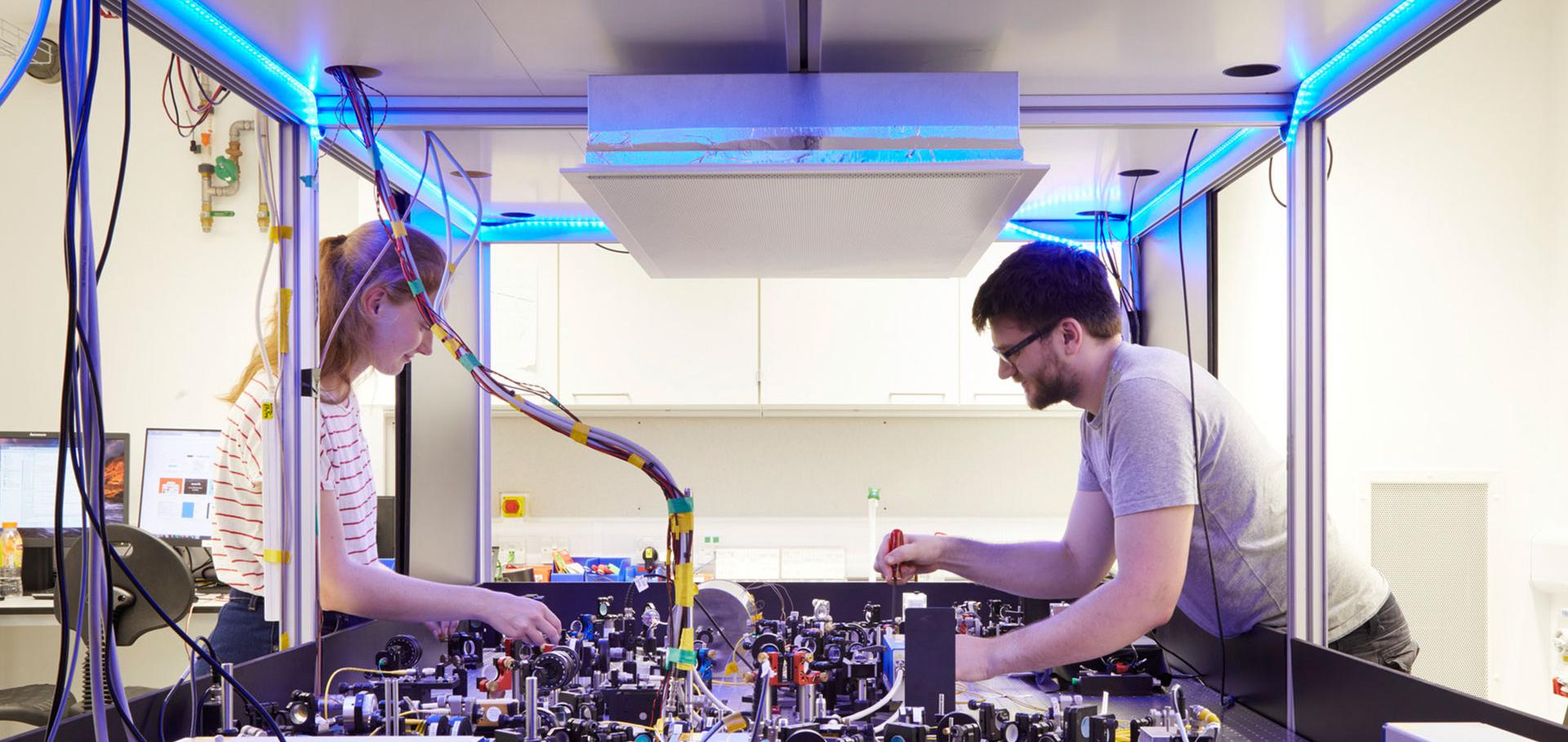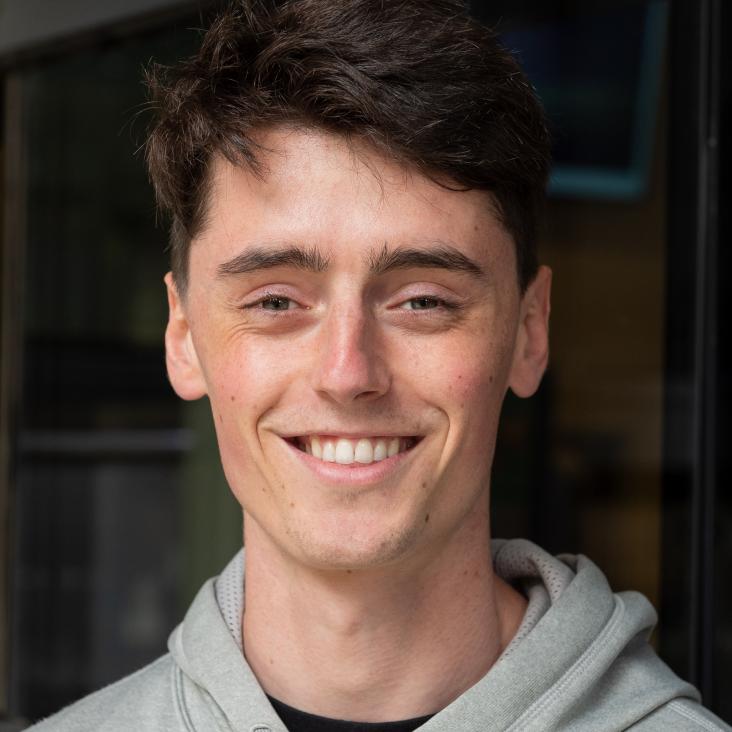Single-shot spatio-temporal vector field measurements of petawatt laser pulses
Nature Photonics Springer Nature 19:8 (2025) 898-905
Abstract:
The control of light’s various degrees of freedom underpins modern physics and technology, from quantum optics to telecommunications. Ultraintense lasers represent the pinnacle of this control, concentrating light to extreme intensities at which electrons oscillate at relativistic velocities within a single optical cycle. These extraordinary conditions offer unique opportunities to probe the fundamental aspects of light–matter interactions and develop transformative applications. However, the precise characterization of intense, ultrashort lasers has lagged behind our ability to generate them, creating a bottleneck in advancing laser science and its applications. Here we present the first single-shot vector field measurement technique for intense, ultrashort laser pulses that provides an unprecedented insight into their complete spatiotemporal and polarization structure, including quantified uncertainties. Our method efficiently encodes the full vector field onto a two-dimensional detector by leveraging the inherent properties of these laser pulses, allowing for real-time characterization. We demonstrate its capabilities on systems ranging from high-repetition-rate oscillators to petawatt-class lasers, revealing subtle spatiotemporal couplings and polarization effects. This advancement bridges the gap between theory and experiment in laser physics, providing crucial data for simulations and accelerating the development of novel applications in high-field physics, laser–matter interactions, future energy solutions and beyond.Sparse reconstruction of wavefronts using an 1 over-complete phase dictionary
Optics Express Optica Publishing Group 33:6 (2025) 12939-12952
Abstract:
Wavefront reconstruction is a critical component in various optical systems, including adaptive optics, interferometry, and phase contrast imaging. Traditional reconstruction methods often employ either the Cartesian (pixel) basis or the Zernike polynomial basis. While the Cartesian basis is adept at capturing high-frequency features, it is susceptible to overfitting and inefficiencies due to the high number of degrees of freedom. The Zernike basis efficiently represents common optical aberrations but struggles with complex or non-standard wavefronts such as optical vortices, Bessel beams, or wavefronts with sharp discontinuities. This paper introduces a novel approach to wavefront reconstruction using an over-complete phase dictionary combined with sparse representation techniques. By constructing a dictionary that includes a diverse set of basis functions — ranging from Zernike polynomials to specialized functions representing optical vortices and other complex modes — we enable a more flexible and efficient representation of complex wavefronts. Furthermore, a trainable rigid transform is implemented to account for misalignment. Utilizing principles from compressed sensing and sparse coding, we enforce sparsity in the coefficient space to avoid overfitting and enhance robustness to noise.Gravitational waves from high-power twisted light
Physical Review D American Physical Society 110 (2024) 044023
Abstract:
Recent advances in high-energy and high-peak-power laser systems have opened up new possibilities for fundamental physics research. In this work, the potential of twisted light for the generation of gravitational waves in the high frequency regime is explored for the first time. Focusing on Bessel beams, novel analytic expressions and numerical computations for the generated metric perturbations and associated powers are presented. The gravitational peak intensity is shown to reach 1.44 × 10−5 W.m−2 close to the source, and 1.01 × 10−19 W.m−2 ten meters away. Compelling evidence is provided that the properties of the generated gravitational waves, such as frequency, polarisation states and direction of emission, are controllable by the laser pulse parameters and optical arrangements.Attosecond and nano-Coulomb electron bunches via the Zero Vector Potential mechanism
Scientific Reports Springer Nature 14:1 (2024) 10805
Abstract:
The commissioning of multi-petawatt class laser facilities around the world is gathering pace. One of the primary motivations for these investments is the acceleration of high-quality, low-emittance electron bunches. Here we explore the interaction of a high-intensity femtosecond laser pulse with a mass-limited dense target to produce MeV attosecond electron bunches in transmission and confirm with three-dimensional simulation that such bunches have low emittance and nano-Coulomb charge. We then perform a large parameter scan from non-relativistic laser intensities to the laser-QED regime and from the critical plasma density to beyond solid density to demonstrate that the electron bunch energies and the laser pulse energy absorption into the plasma can be quantitatively described via the Zero Vector Potential mechanism. These results have wide-ranging implications for future particle accelerator science and associated technologies.Energy gain of wetted-foam implosions with auxiliary heating for inertial fusion studies
Plasma Physics and Controlled Fusion IOP Publishing 66:2 (2023) 025005


